Answers to Questions Never Asked in History Class
- tripping8
- Jul 12, 2024
- 11 min read
For some, history can be a dreaded, boring subject to just get through in school. A question of, “if it’s over and done with, what difference does it make to me?” For others, history can be a fascinating adventure. A look at the “why’s” and “wherefores” of how we got to where we are today. Some aspects of history we hear about over and over again. Names, dates, major events. But beyond the grand narratives and pivotal battles, there lies a trove of obscure and bizarre historical oddities – questions that perhaps you never thought to ask. For example, when and why did ancient Romans started wearing pants or what were electric eels called before there was electricity? These questions might not pop up in your average history class, but they certainly add an animating twist to our understanding of the past.
Imagine a history class where you learned that powerful Viking warriors intimidated their foes by flaunting cow intestines as makeshift accessories. Or where a U.S. president's morning routine involved a brisk skinny dip in the Potomac River. You might have paid a bit more attention then, no? Because, while these nuggets of historical trivia might seem like the stuff of fiction, they are very real snippets from humanity’s eccentric tapestry. Such episodes reveal that history isn’t just a dry recounting of events but a collection of astonishing and sometimes laugh-out-loud anecdotes.
It’s in these peculiar details that history truly comes alive, offering a scholastically irreverent glimpse into the lives and minds of those who came before us. Have you ever wondered if the Leaning Tower of Pisa was ever straight or when the first pizza delivery in history occurred? Well, even if you haven’t, we think you’ll enjoy this weeks’ post where we look for answers to questions never asked in history class. Each odd fact invites us to look closer and laugh a little louder. So, the next time you find yourself yawning through yet another dry historical documentary, remember that behind every dull date or monumental event, there’s probably a bizarre and hilarious story waiting to be uncovered.
What were electric eels called before the discovery of electricity? Electric eels, prior to the discovery of electricity, were called various things by observers in the ancient and medieval worlds.
Greek physician Hippocrates (370 BCE) called electric sea creatures "torpedo fish" and found medicinal applications for their electric properties, as did his successors in the Roman world. Ancient Egyptians called electric fish "Thunder of the Nile," and similarly used them to treat pain. Muslim scholars during the 12th century called electric sea creatures “raad” or “raask” - words that translate to "shaker" or "thunder." It wasn't until 1799 that the electric eel found in the Amazon Basin became associated with modern conceptions of electricity. In 1799, electric eels served as inspiration for the first batteries ever created; there are now roughly 250 species of electricity-generating fish known to exist just in South America.
Which famous composer had a habit of dunking his head in cold water before composing?
Ludwig van Beethoven, the renowned German composer, had a peculiar habit of dunking his head in cold water before composing. This routine helped him stay awake and refreshed, possibly stimulating his creativity and mental clarity as he worked on his musical masterpieces.
Which ancient Roman emperor declared war on the sea? Emperor Caligula, who ruled from AD 37 to 41, was infamous for his eccentric and erratic behavior.
In one bizarre episode, he declared war on Neptune, the god of the sea. During a military campaign, Caligula's troops were stationed near the English Channel. Frustrated by his inability to conquer Britain and perhaps seeking to display his divine authority, Caligula directed his ire towards the sea itself. He ordered his soldiers to march to the coast and, in a display of sheer absurdity, commanded them to stab the ocean with their swords. The initial target of this peculiar military maneuver was the waves themselves, symbolizing an attack on Neptune. The soldiers, although likely bewildered by their emperor’s orders, obeyed and dutifully slashed at the water.
Their reaction is not well-documented, but it's safe to assume that confusion and sense of “WTF” dominated the ranks. Caligula then commanded his soldiers to collect seashells as spoils of their "victory" which were to be presented back in Rome as trophies of their conquest over Neptune.
When and where was the first shopping mall built? Deciding which shopping center is the world's first "mall" is an exercise in defining exactly what a "mall" is. Retail exchanges took place regularly in ancient locations like the Athenian Agora and Trajan's Market in Rome,
but they weren't covered spaces. Covered shopping promenades and passageways developed during the 18th century. In the United States, The Arcade in Providence, Rhode Island, opened in 1828. Through the 19th and the early 20th centuries, the idea of a "shopping mall" came to fruition. In 1956, the Southdale Center in Edina, Minnesota, opened its doors.
It's considered to be the first enclosed, temperature-controlled, modern shopping mall in the US.
Why do people say ‘cheese’ when getting their picture taken? Smiling for a picture was pretty uncommon before the early 20th century, largely believed to be the result of concerns about staying absolutely still.
Minimizing the risk that a photo - an expensive venture - would be blurry was important, but so was the serious reason behind many pictures: Some people had photos taken of deceased loved ones. Generally referred to as "post-mortem photography," these photographs "were taken in love" as the living marked the passing of their loved ones. Other reasons for somber pictures included fear of exposing bad teeth, a lack of familiarity with the medium itself, and the belief that too much smiling could imply madness. This doesn't mean people didn't smile - they did.
To get the perfect grin, photographers needed people to pull back their lips and bear teeth - both things that happen when the sounds “ch” and “ee” come out of one's mouth. It's not entirely clear when "cheese" became the ideal word to say in front of a camera but some suggest it began in the 1940s. In October 1943, an article from The Big Spring Daily Herald titled "Need to Put on a Smile? Here's How: Say 'Cheese'" may have started it all: “Now here's something worth knowing. It's a formula for smiling when you have your picture taken. It comes from former Ambassador Joseph E. Davies and is guaranteed to make you look pleasant no matter what you're thinking. Mr. Davies disclosed the formula while having his own picture taken on the set of Mission to Moscow. It's simple. Just say "cheese," it's an automatic smile.”
Davies said he learned the trick from a politician, perhaps Franklin D. Roosevelt, who'd appointed Davies to be ambassador to the Soviet Union.
Why is it called “Jaywalking”? During the 19th century, the word "jay" was used to describe someone who was a "hick, rube, dupe." The first application of "jay" in the context of transportation had nothing to do with walking, however. As more and more horse-drawn carriages - and later automobiles - were used on roadways, someone driving down a street the wrong way became known as a "jay-driver."
Complaints about jay-drivers soon carried over to "jaywalkers." As early as 1905, an article in the Kansas City Star offered this assessment: “Much annoyance would be obviated if people when meeting others going in the opposite direction would keep to the right and avoid collisions and being called a ‘jay walker’." Jaywalking was evidently a big concern in post-WWI America because The National Safety Council introduced a campaign against jaywalking. In some locations, Boy Scouts would hand out cards about "jay-walking" and how dangerous it was,
while in Cleveland, Ohio, "crowds of 'jay walkers'" were paraded around to demonstrate exactly what it was and how to avoid it. By 1930, jaywalking was a well-known word used to describe pedestrians who were in the streets and in the way.
When was the first pizza delivery in history? In 1889, the king of Italy, Umberto I, and his wife, Margherita of Savoy, reportedly made the first order for pizza delivery in history.
As the story goes, the queen wanted to try local foods when the couple visited Naples. Raffaele Esposito, Naples’ most well-known pizza chef, was called upon to make them one of his signature dishes - a pizza. He made them three different pies. As soon as they were out of the oven, the pizzas were quickly taken to the royals. The pizza with simple red sauce, white mozzarella cheese, and green basil (intentionally meant to represent the colors of the new Italian flag) was reportedly their favorite. Not only is this the first pizza delivery, but it's where the Margherita pizza gets its name.
How did medieval knights in full armor go to the bathroom? Full suits of metal armor presented challenges to the medieval knights who wore them. Depending on how it was made and the quality of the craftsmanship, metal armor could restrict movement and helmets offered limited visibility but tending to bodily functions would have been really difficult – because, knight or no knight, when nature was calling it wasn’t going to leave a voicemail.
Putting on a suit of armor, a marvel of its time, was cumbersome and required a small army of squires just to get a knight into. Getting out of it quickly was an impossibility, akin to trying to escape from a locked porta-potty in zero gravity. Knights would put on layers of clothing, including chain mail, but the crotch and butt would not have had armor plates because it would have made riding a horse nearly impossible. For those knights caught in a pinch, the most practical solution was the codpiece, an ingenious if somewhat crude, invention. This armored flap covered a knight's more vulnerable parts and could be removed or adjusted to allow for a quick, albeit awkward, release.
However, in the heat of battle or during a long siege, there was no time to fuss with clasps and latches. In a pinch, sometimes knights would just relieve themselves where they stood. On long campaigns, the situation was slightly more organized, if no less embarrassing. Knights would dismount and find a secluded spot where their loyal squires would assist in the laborious process of disassembling the lower sections of their armor. It was an intimate and, one might say, a bonding experience that surely tested the loyalty and stomach of many a young squire.
Did John Quincy Adams, 6th President of the United States, go skinny dipping in the Potomac River when he was president? The short answer is ‘yes’. His morning routine, during warmer months, involved skinny dipping in the Potomac River. He believed that this invigorating activity was good for his health and often swam in the river at dawn.
The Massachusetts Historical Society digital project editor, Neal Millikan, said it wasn’t really odd that he bathed naked, that’s just the way people swam in the 19th century. Millikan says, “He talks about other people leaving their clothes on the rocks. Sometimes he would go alone. Sometimes if his sons were home from Harvard, they would go with him. Sometimes his valet, Antoine, would go with him.” Adams himself summarized his routine in a July 1818 diary entry: “I rise usually between four and five - walk two miles, bathe in Potowmack river, and walk home, which occupies two hours - read or write, or more frequently idly waste the time till eight or nine when we breakfast - read or write till twelve or one, when I go to the office; now usually in the carriage - at the office till five then home till dinner. After dinner read newspapers till dark; soon after which I retire to bed." Essentially, he’s talking about a 4 or 5 hour workday. Present presidential candidates may want to take note. (By the way, Adams also had a pet alligator that he kept in a White House bathroom.
The alligator was a gift from the Marquis de Lafayette.)
What peculiar item did Viking warriors use to terrorize their enemies? Viking warriors were known for their fierce and intimidating presence in battle. One tactic they reportedly used was to hang cow intestines around their waist as if they were their own entrails hanging out. This gruesome sight was intended to horrify and demoralize their enemies, giving the Vikings a psychological edge in combat.
Now, you may rightly think that’s a bit extreme – even berserk. You’d be a bit wrong. Today to go berserk is synonymous with to run amok or be completely out of control. This makes sense given that the word berserk refers to a particular form of combat practiced by Vikings in which the fighters threw off their chainmail and tunics and fought naked. So, cow’s intestines or completely naked? You’re call.
Who were the first to use the Yo-Yo? The first historical mention of the yo-yo was from the ancient Greeks around 500 BCE. Early yo-yos were made of wood, metal, or painted terra-cotta discs with an axle connected by a string. They were called a “disc”.
It was customary, when a child turned of age, to offer toys of their youth to certain gods. Although primarily a toy, there are accounts suggesting that it was also used as a weapon, possibly to entangle enemies or as a distraction in battle.
What was the first method of contraception? The first record of birth control dates back four thousand years to the ancient Egyptians. Doctors advised that inserting a pessary (essentially a diaphragm) made from crocodile dung and honey into the vagina before intercourse would prevent pregnancy. Shocking? A bit upsetting? Laughable? “Yes” to all of the above. However, according to experts it probably, kinda worked. The dung would have served as a barrier between the sperm and the egg, and the honey would have acted as a powerful antimicrobial agent.
Even so, we highly recommend sticking to more modern methods….
When did Romans start wearing pants? Greeks and Romans, among other ancient groups, are known for wearing robes and togas. A toga, in Roman society, demonstrated social status and wealth, and generally gave an individual a sense of self.
Pants, on the other hand, were associated with non-Romans - or "barbarians." During the first century BCE, Roman orator Cicero commented on the aggressiveness of foreigners wearing trousers. Roman soldiers, stationed in colder climates and influenced by their interactions with barbarian tribes who wore pants for warmth and practicality, began adopting trousers (called “braccae”) to keep warm. By the fourth century, pants were becoming more common in Roman society, but this was seen as problematic by the powers that be, so both trousers and boots were prohibited. Wearing pants in the city of Rome could actually result in perpetual exile. The connections between barbarians and pants didn't go away, but with Gothic tribes chipping away at Roman imperial authority, the ban on trousers wasn't sustainable. By the sixth century, trousers, often worn under tunics, had become standard fashion.
When and where was the first roller-coaster? The first roller coaster ride designed purely for pleasure, known as the "Gravity Pleasure Switchback Railway," was introduced at Coney Island, New York, in 1884, by L.A. Thompson. A six-mph ride would cost you five cents.
When it was first presented to the public, some people were terrified by its speed and the unusual sensation of riding it, leading to the mistaken belief that it could be some kind of a weapon.
Were Color Televisions Ever Advertised On Black-And-White TV? Color televisions were introduced to the marketplace during the 1940s and 1950s but weren't widely embraced by consumers due to expense. As time passed, prices began to fall and, in addition to print advertising,
color tv’s were indeed advertised on black-and-white TV. Consider the bizarreness of the scenario. The commercial announcer enthusiastically describes the rich reds, brilliant blues, and glorious greens that viewers can't see. Instead, they're watching a grayscale display of a product that promises to revolutionize their viewing experience with colors they can only dream about. It's like describing a rainbow to someone who's perpetually wearing sunglasses indoors - comical, yet strangely effective. Despite the irony, the ads worked and, by 1966, color TV sales were booming in the United States, with networks gradually transitioning their programming to color.
So, the next time you find yourself explaining a complicated concept using limited tools, remember: if color televisions could sell on black-and-white screens, anything is possible.
And this brings us to the end of today’s look at answers to questions you probably never asked in history class. It’s clear that, if you ask the right questions, the past is a treasure trove of peculiarities and hilarity, proving that our ancestors were as delightfully weird as we are. Sure, textbooks might focus on wars and treaties, but the real gems are those moments when a Roman emperor decides to wage war on the ocean or when a composer thinks an impromptu ice bath will inspire his next symphony. These are the tales that remind us that history isn't just a list of dates but a rich tapestry of human folly and, occasionally, brilliance.
So next time you're stuck in a dull history lecture, remember that somewhere out there in the annals of time, a knight was desperately fumbling with his codpiece, a president was skinny-dipping in a river, and electric eels were shocking the bejeezus out of ancient physicians. History, in all its quirky glory, is a reminder that humans have always been a bit off-kilter. And isn’t that great?
In the grand theater of time, it's these bizarre, sometimes horrifying, sometimes side-splittingly funny moments that steal the show. So, let’s raise a goblet to the oddballs, the eccentrics, and the downright bizarre figures of history. Without them, the story of humanity would be a whole lot duller and far less entertaining.
What were the questions you always wanted to ask but never did? Tell us in the comments below.




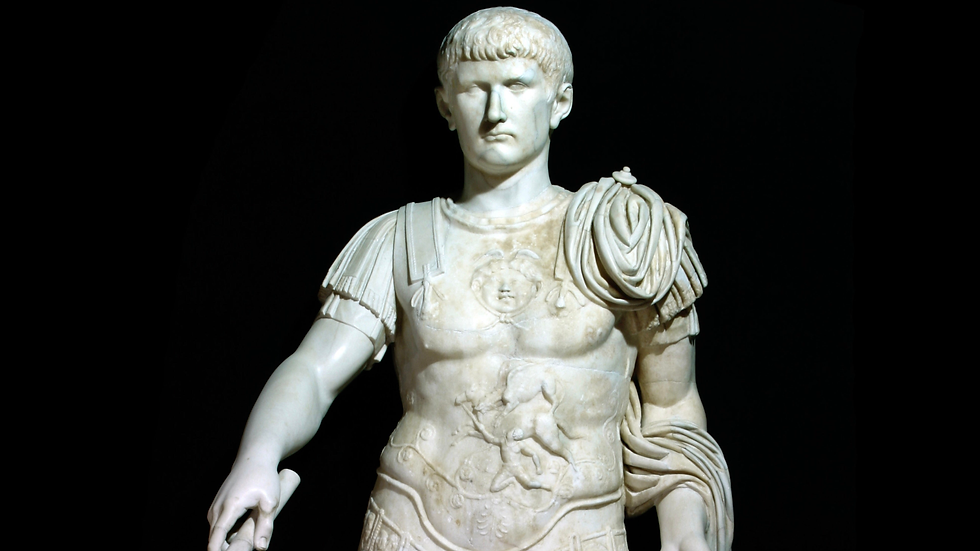

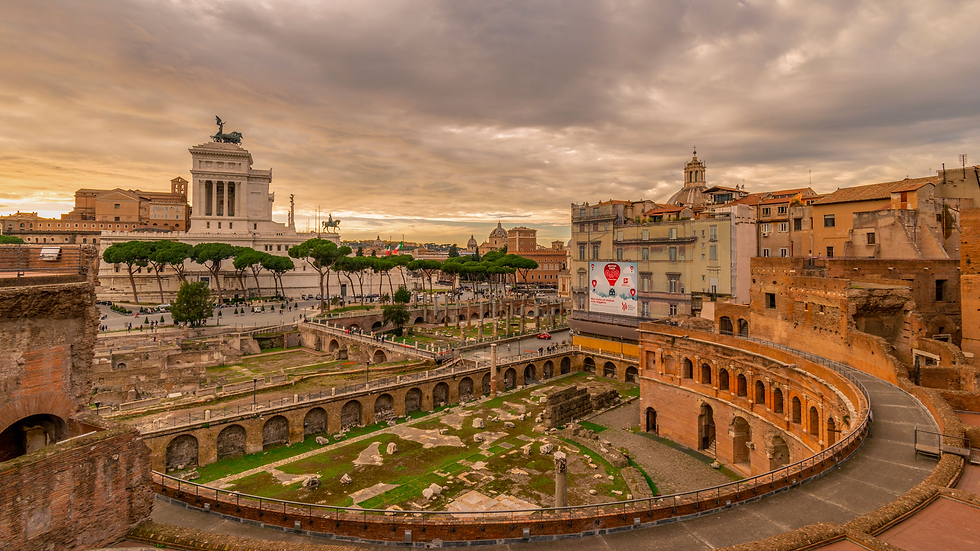






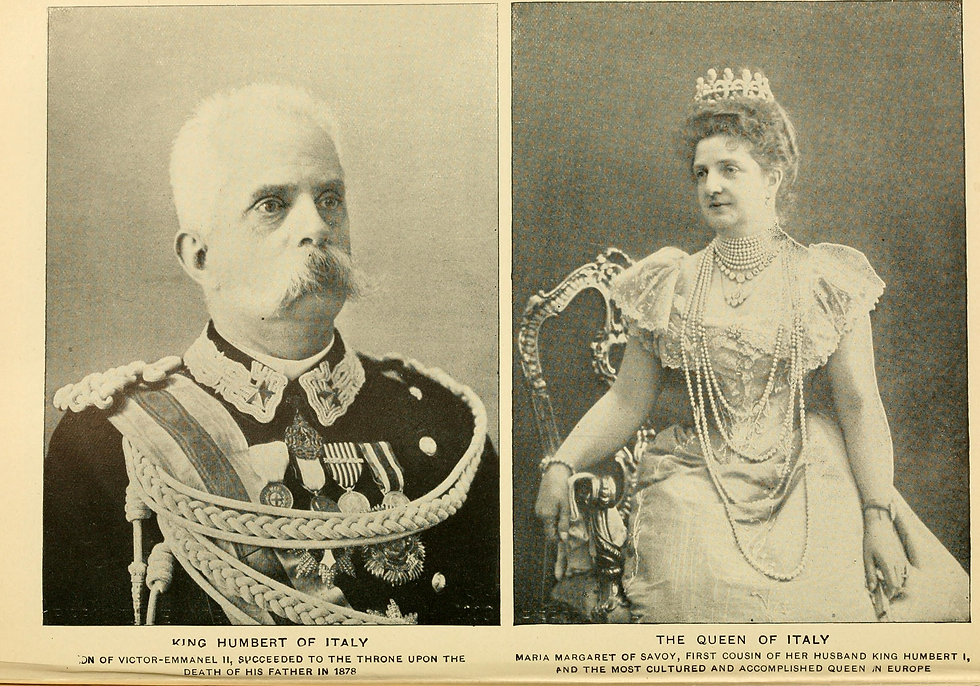

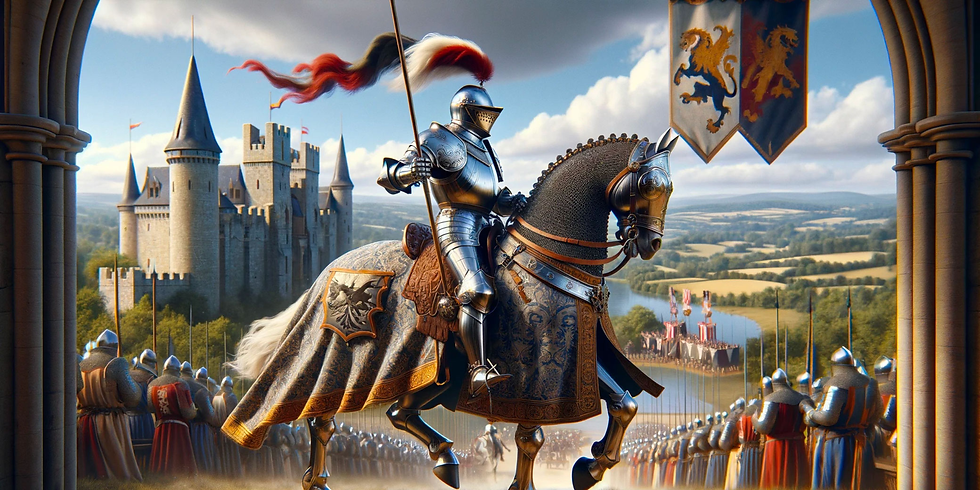




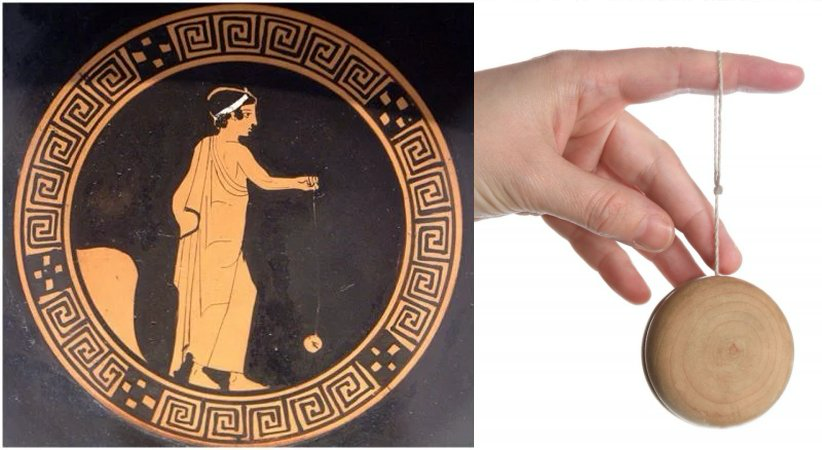

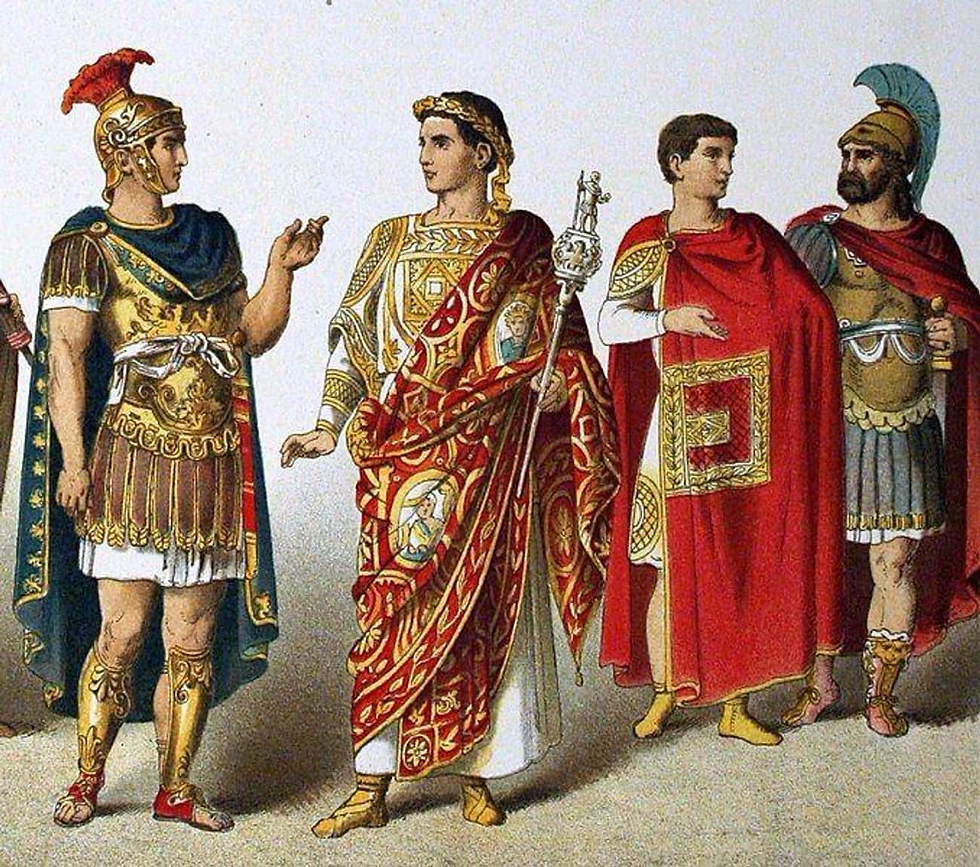







Thank you for the entertaining view of history. Somewhat of a history buff, I have only heard of the codpiece. The rest well it all plays out like a Mel Brooks movie!
Clearly Caligula was a freak but Adams wasn’t exactly normal! Maybe Presidents by the very nature of the job, are all freaks, but that’s another far more sensitive topic! Speaking of freaks, did you know that Andy Warhol painted with a variety or mediums, including human feces! It’s displayed in the Andy Warhol museum in Pittsburgh, PA. USA
As an aside I think it should okay to run over jaywalkers, not only are they a nuisance, the are dangerous
I look forward to the chaos you share with…